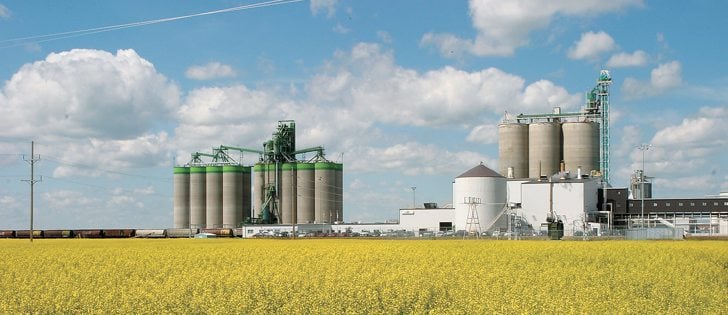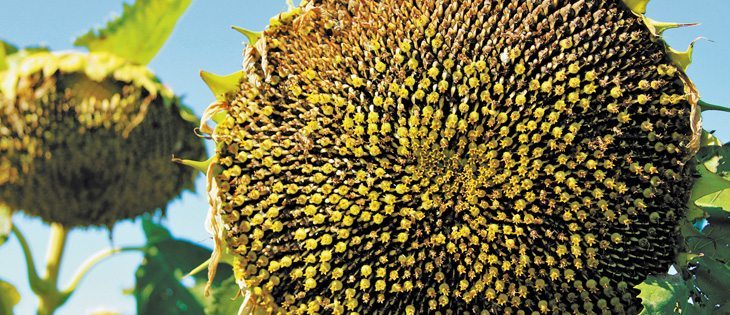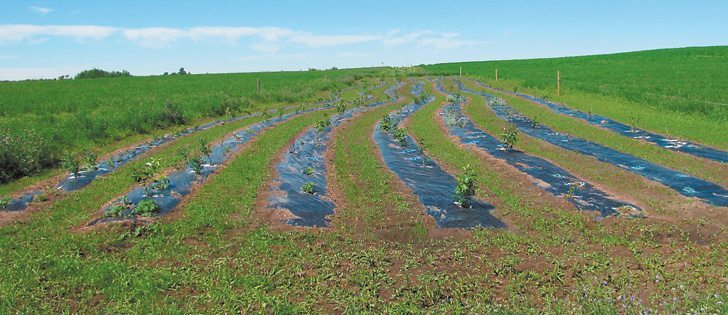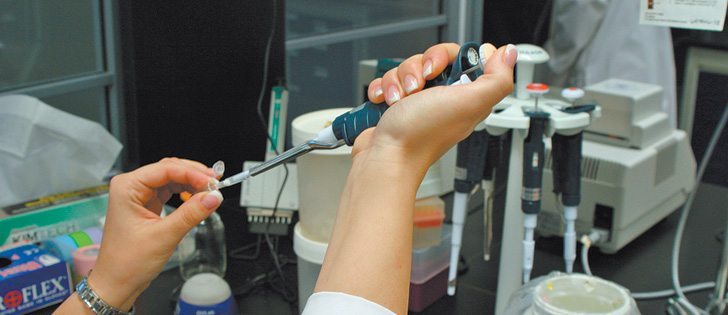Room for speculators to enter market | Optimistic USDA forecasts from earlier this spring seem doubtful as crops wither
Crop prices have shot higher as U.S. Midwest corn dries up in the field, but experienced American crop market watchers say the rally still has lots of room to run.
As long as dry conditions prevail and investors and commercial users eventually stampede into the market, prices could have a long way to go.
“There is tremendous buying potential there if they (speculative investors) feel like it is safe to do so,” said Arlan Suderman, lead market analyst of Farm Futures magazine, in an interview the day after the July 11 U.S. Department of Agriculture’s supply and demand reports were released.
Read Also

Chinese offer complicates canola marketing
Recently the Chinese ambassador indicated that there would be a potential deal between Canada and China regarding the current tariff war.
“They could still take it much higher.”
DTN senior market analyst Darin Newsom had a similarly bullish outlook on the potential of the crop supply and demand situation to support a continued roaring bull market.
New crop ending stocks are now much tighter for corn and probably for soybeans than expected just a month ago, and supply holes are appearing in supply and demand tables that are more forward-looking than the USDA’s.
“That’s why the 2012 rally may just be gaining a foothold, though it remains to be seen whether or not investment traders will take part,” said Newsom.
The rally in U.S. corn prices has been stunning, with a 50 percent surge in the past few weeks as drought conditions in the U.S. Midwest and dry conditions in the former Soviet Union cripple yield potentials.
Soybean prices have also taken flight, as have all the main crops that prairie farmers produce, from spring wheat to oats to canola. New crop canola futures prices have risen since June from $560 per tonne to $635, or from $12.70 per bushel to $14.40.
The Midwest drought is profound and widespread, but has been a nasty sleeper surprise for commercial users of grain and speculative investors, such as hedge funds.
The USDA had been forecasting that a massive corn crop would be produced this summer, and buyers and speculators didn’t see much potential in corn prices. Huge amounts of speculative money flowed into long soybean futures positions because of tight stocks, but little went into corn.
However, as the depth of the Midwest drought became apparent, more buying has driven up corn prices and prices are now far above where they had settled after falling all winter.
Suderman said there is still much potential for prices to shoot higher. Most drought-inspired rallies include a phase of speculative money driving prices higher and then commercial users panicking and pushing prices to a peak as they race to secure supplies of needed crops. However, neither has occurred yet in corn.
Suderman thinks speculators and commercial crop users were lulled into a false sense of security by the USDA’s earlier bearish crop estimates and are slowly waking up to the fact that corn yields will likely be lower than 140 bu. per acre.
The department predicted a crop of 166 bu. per acre in June and dropped that to 146 per bu. July 11, but private trade guesses are now mostly in the 130 per bu. range.
“USDA had been so aggressively forecasting this massive crop that even though I was warning that we don’t have the subsoil moisture and we’re not getting the rain, the trade as a whole was very slow getting on board that there was a threat to the crop,” said Suderman.
“I think we’re just starting to see the commercials say, ‘oh no,’ after yesterday’s USDA.”
Newsom said the lack of speculative interest in corn could be a bullish factor if it begins to flow back into corn, which it had been leaving all year until recently.
However, it could also be a bearish short-term factor if the rally continues because there might be no one to catch falling prices if commercial buyers stop buying and speculative buyers haven’t moved into the market.
“If there’s no commercial buying and all of a sudden commercials say we’ve got our coverage on, that leaves a vacuum in the market,” said Newsom in an Intercontinental Exchange webinar following the USDA report.
“Regardless of how bullish USDA numbers are, that can happen.”
Prices can fall rapidly if that occurs.
Newsom said soybeans could play a big role in continuing the rally if the dry weather persists. Soybean stocks are tight already and probably will be much tighter than the USDA numbers predict.
If demand for soybeans stays strong and U.S. yields are reduced more than the USDA has so far accepted, “the brakes could fail in the soybean market.… We’ve got a very bullish situation.”
Even wheat prices have been strongly rising, regardless of large world stocks. It can be substituted for corn in feedgrain and some food uses, which means it is directly affected by rising corn prices.
Much of the damage to the U.S. corn crop has already occurred, with the yield-setting pollination past in much of the eastern corn belt and passing in the drying western corn belt.
However, soybeans could still be saved by rainfall because its yield-setting stage is still not occurring. If soybeans get the rain they need, the recent rally could abate or collapse, as it did in 1988, say many analysts.
However, if conditions stay dry, which is what many forecasts are predicting, super-tight soybean carryout projections could throw fuel on an already raging fire.
Prairie farmers mostly have good crops in the field, so they are able to hope for the best of all worlds for a farmer: high prices and big crops.















